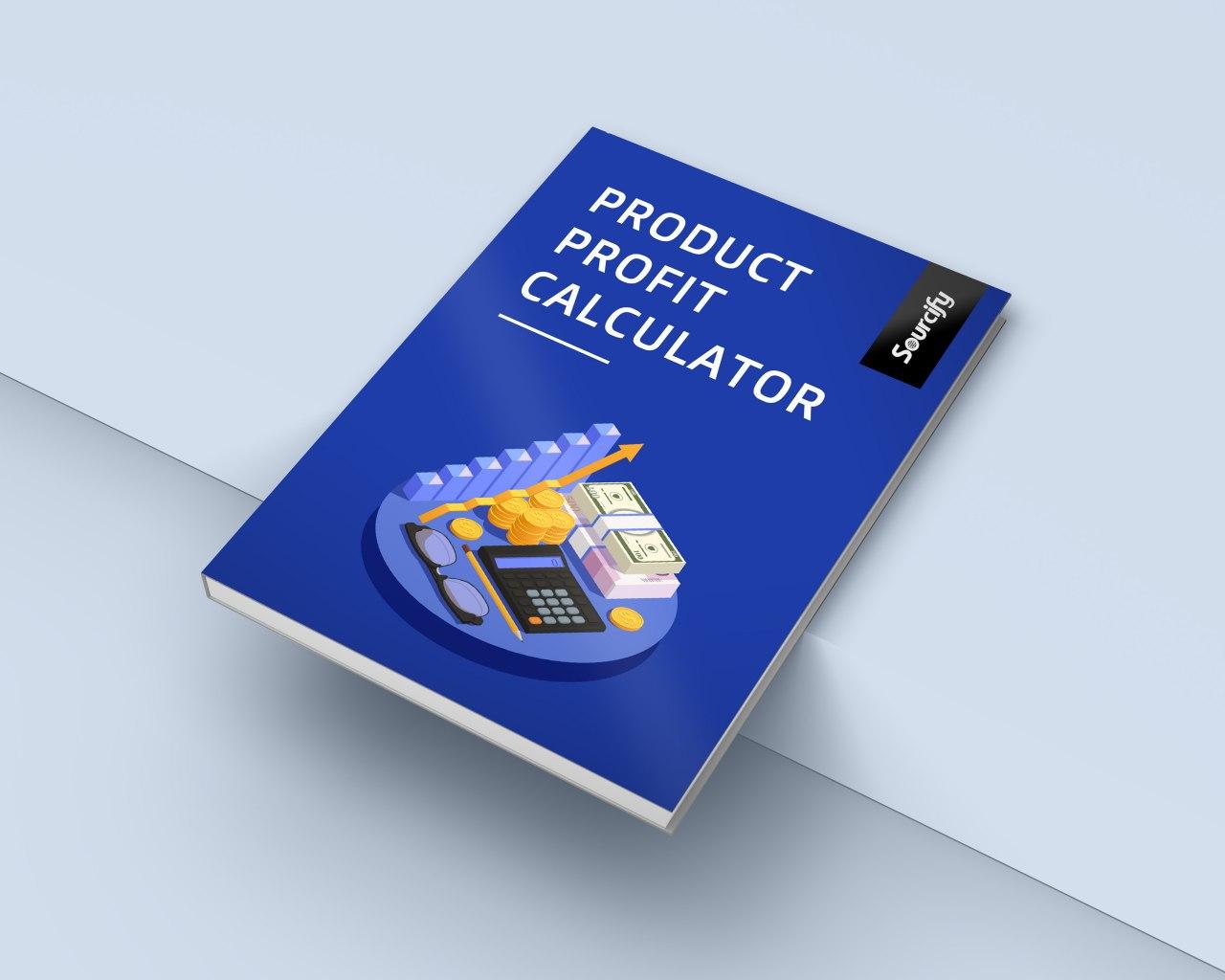Where to Manufacture Now — And How to Choose the Right Region for Your Product
The old sourcing playbook is officially dead.
In 2025, founders aren’t just balancing cost and quality — they’re managing tariffs, geopolitical shifts, freight volatility, and the pressure to bring new products to market faster than ever. The question isn’t “Where is the cheapest place to manufacture?”
It’s:
“Which region gives me the right mix of cost, speed, risk, and capability — for this product, at this stage?”
To answer that, we compare the four manufacturing geographies every brand should be evaluating in 2025:
- China
- Vietnam
- India
- Mexico
Each offers real advantages. Each comes with operational realities founders can’t afford to ignore. This guide distills what actually matters — based on the data, the on-the-ground details, and what we see every day helping brands scale.
How to Read This Guide
Instead of giving you generic “pros and cons,” we break down each country by the criteria founders actually make decisions on:
- Cost structure
- Lead times
- Infrastructure & ecosystem depth
- Labor skill & workforce maturity
- Category fit
- Tariff & geopolitical exposure
- Quality consistency
- IP protection
- 2025 outlook
And at the end, we provide Sourcify’s direct recommendation by product category — apparel, electronics, home & kitchen, footwear, jewelry, and more.
Let’s get into it.
🇨🇳 China: Scale, Speed, and Technical Depth — With New Realities to Navigate
China is still the world’s manufacturing engine — with an ecosystem that no other geography can match. In 2023, China exported more than the U.S., Germany, and Japan combined. The country’s ability to prototype, tool, and mass-produce at speed is still unmatched.
China’s Core Strengths
1. Unmatched supply chain density
Entire ecosystems exist within single industrial regions — raw materials, components, tooling, packaging, and final assembly all within miles of each other.
2. Advanced manufacturing capability
Robotics, automation, and world-class technical expertise now define China more than “low-cost labor” ever did.
3. Speed to market
Design → prototype → mass production cycles remain the fastest globally.
China’s Watchouts
- Tariffs are now highly sector-specific and unpredictable
- Rising labor and compliance costs
- Geopolitical tension adds real fragility
- IP protection requires proactive, multi-layered safeguards (NNN, first-to-file)
Best For (2025)
- Technology & electronics
- Home & kitchen products
- Footwear & fashion accessories
- Complex, multi-component products
- High-precision or high-tech SKUs
Not Ideal For
- Ultra-low-margin products sensitive to tariffs
- Founders trying to minimize geopolitical exposure
🇻🇳 Vietnam: The Apparel Powerhouse and a Rising Electronics Hub
Vietnam is now a cornerstone of the “China + 1” strategy for global brands. Strong FTAs (CPTPP, EVFTA, VKFTA) make it one of the most attractive manufacturing destinations for export-driven categories.
Vietnam’s Core Strengths
1. Apparel & footwear dominance
Skilled labor, modern factories, and competitive costs make Vietnam a top choice for casualwear, activewear, outerwear, and athletic footwear.
2. Electronics growth
Major companies have shifted component manufacturing and assembly to Vietnam for tariff advantages and lower labor costs.
3. Favorable trade agreements
Broad duty reductions into the U.S., EU, Korea, and other markets.
Vietnam’s Watchouts
- Infrastructure and logistics still developing
- Capacity constraints — many factories are at or near full utilization
- Limited domestic raw material ecosystem (especially textiles)
- Slower R&D sophistication vs. China
Best For (2025)
- Apparel (casualwear, activewear, fashion)
- Footwear
- Electronics assembly
- Home textiles
Not Ideal For
- Complex, multi-layered supply chains needing deep component ecosystems
- Products requiring rapid iteration or R&D speed
🇮🇳 India: Competitive Costs and Improving Quality — A Strong “Plus One”
India is benefiting from a global shift. Brands like Apple, Samsung, and P&G have already expanded production here as part of their “China + 1” strategy.
India’s Core Strengths
1. Competitive labor costs
Lower than China and Vietnam in many categories.
2. Rapidly improving quality
Government incentives (PLI), foreign investment, and modernized manufacturing are reshaping India’s reputation.
3. English-speaking workforce
Negotiation, product development, and day-to-day communication are smoother.
4. Strong categories: textiles, pharmaceuticals, medical devices, jewelry
India’s Watchouts
- Infrastructure improving but inconsistent
- MOQs vary widely and negotiation can be required
- Slower lead times vs. China and Mexico
- Bureaucracy can add friction in certifications and approvals
Best For (2025)
- Apparel (especially cotton and home textiles)
- Jewelry & accessories
- Simple electronics and components
- Pharma and medical consumables
Not Ideal For
- Speed-sensitive categories
- High-complexity electronics
🇲🇽 Mexico: The Fastest Route to a Resilient, Low-Risk Supply Chain
Mexico is now the #1 supplier to the United States — for good reason. Nearshoring dramatically reduces lead times, freight costs, and working capital requirements.
Mexico’s Core Strengths
1. Unmatched speed
Road/rail lead times measured in days, not weeks. Great for replenishment cycles and demand volatility.
2. USMCA & strong IP frameworks
IP protection is far stronger and more aligned with U.S. standards than in most Asian markets.
3. Mature manufacturing ecosystems
Automotive, electronics, aerospace, medical devices, appliances, textiles — all deeply established.
4. Labor cost advantage vs. U.S.
Unskilled labor: $4–6/hour vs. $16–22/hour in the U.S.
Mexico’s Watchouts
- Cross-border logistics complexity (multiple truck transfers, cross-dock)
- Tariff volatility (both U.S. and Mexico-made adjustments)
- Raw materials often imported from Asia
- Infrastructure varies widely by region
Best For (2025)
- Apparel (especially basics)
- Electronics assembly
- Automotive & aerospace parts
- Home goods
- Appliances
Not Ideal For
- Products reliant on Asian raw materials
- Very early-stage brands with thin margins (minimums may be higher)
2025 Comparison Matrix (At a Glance)
| Factor | China | Vietnam | India | Mexico |
|---|---|---|---|---|
| Cost | Moderate | Low | Very Low | Moderate |
| Lead Time | Fast | Medium | Slow–Medium | Very Fast |
| Tariff Risk | High | Medium | Low | Medium |
| Quality Consistency | High | High | Improving | High |
| Raw Material Ecosystem | Deepest globally | Limited | Moderate | Limited |
| IP Protection | Possible with strong safeguards | Moderate | Improving | Strong |
| Best Categories | Electronics, Home, Advanced Products | Apparel, Footwear | Textiles, Jewelry | Nearshore categories, Appliances |
| 2025 Trend | Stabilizing | Expanding | Accelerating | Dominant |
Sourcify’s 2025 Recommendation: Where to Source by Category
Based on operational reality, ecosystem depth, tariffs, and resilience:
Apparel
- China, Turkey, India, Egypt, Vietnam, Cambodia, USA
(Wide options — depends on fabric, embellishment, and speed.)
Footwear & Fashion
- China, Vietnam, Mexico, India, Portugal, DR, Turkey
Jewelry & Accessories
- Singapore, China, Mexico, USA, Armenia, Italy, India
Technology & Electronics
- China, Mexico, Thailand, Vietnam, USA, India
Home & Kitchen
- China, India, Vietnam, USA, Morocco
(Pet products excluded — too broad.)
The Trusted Pathfinder POV: How Founders Should Think About 2025 Sourcing
Here’s the truth:
There is no single “best” geography. There is only the best fit for your product, your margin, your timeline, and your appetite for risk.
But here’s what we recommend:
- If you need speed and resilience → Mexico
- If you need apparel excellence at scale → Vietnam
- If you need cost advantage + improving quality → India
- If you need advanced manufacturing or rapid iteration → China
The smartest brands aren’t looking for the cheapest option.
They’re building a sourcing strategy that balances:
- Risk
- Margin
- Infrastructure
- Capacity
- Tariffs
- Growth plan
And they’re doing it with a partner who’s been through this before.
Where Sourcify Comes In
We act as your operational layer — the team between you and the factory that knows:
- Which suppliers are real and reliable
- How to negotiate MOQs
- When to push, when to pivot
- How to build redundancy and reduce risk
- How to keep you out of the PO-panic spiral
If you’re ready to build a smarter supply chain — by region, margin, and risk — we’re here to help.
Sourcing, with trust built in.




